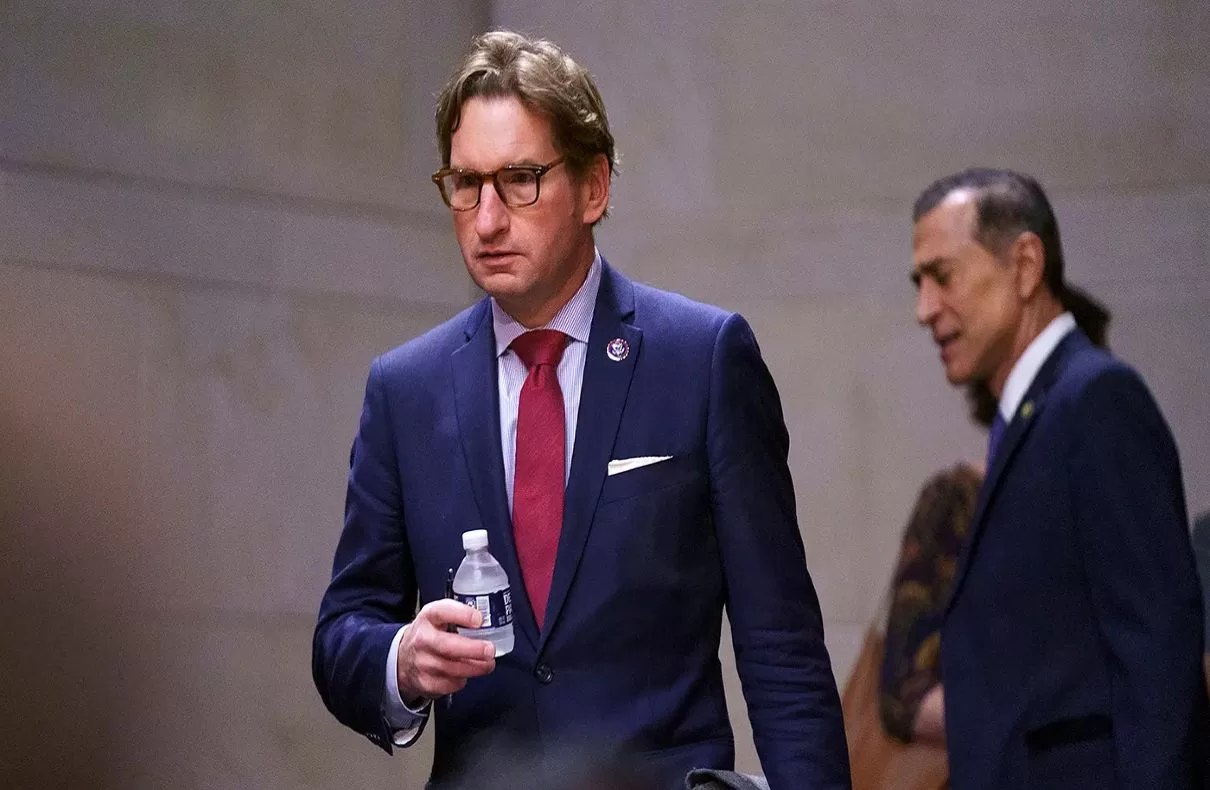Despite the fact that the current government has not granted concessions for mineral exploitation, currently 8.59 percent of the national territory is still concessioned for various mining activities. As of today, there are 24,066 concessions distributed over 16.8 million hectares. Some are even found in Protected Natural Areas.
The report “Mining in Mexico: social, environmental and economic panorama” by the Ministry of Environment and Natural Resources (Semarnat), the Center for Education and Training for Sustainable Development (Cecadesu) and the Autonomous Metropolitan University (UAM) details that of the more than 24,000 mining concessions, 1,609 operate in 68 Protected Natural Areas, in 1.5 million hectares.
Likewise, the environmental agency has detailed that the environmental impact of this activity has resulted in mining waste, as well as water, air and soil contamination in the surrounding communities.
Only between 2013 and 2018, various communities opposed different mining projects because 15 million hectares of 5,000 agricultural centers were affected by these concessions, detailed Semarnat.
Despite the economic importance of mining due to the abundant production of minerals such as silver, lead, zinc, salt, gypsum, gold and copper, among others, the federal agency recognizes that the mining companies have devastated ecosystems and hydrological basins, polluted the soil and air of entire regions, affected biological diversity and caused severe environmental damage.
Semarnat maintains that, without including the areas of historical mining tradition, in the sites where mining activity was implemented in recent years, entire communities of indigenous people and peasants have been displaced. Similarly, it questions the impact of mining on people’s health.
Billionaire spill; environmental irresponsibility
Of the mining concessions in Mexico, some are located in Protected Natural Areas. cartominmex
In advance, The Truth News documented that despite the billionaire spill that the mining sector leaves in Mexico -1.22 billion in the third quarter of 2022- only 6.76 percent of the mining companies disbursed resources for the protection of the environment; and 7.65 percent adhered to environmental regulations.
Figures analyzed by this news outlet indicate that one in four mining companies separate waste; and only 5.16 percent take actions for wastewater treatment.
In addition, in 2019, the National Inventory of Contaminated Sites (INSC) of the Semarnat revealed that the mining industry ranked first in potential causes of pollution.
In parallel, the Contaminated Sites Information System (SISCO) indicated in 2020 that 84 sites were highly contaminated by mining activities, of which 11 were in Protected Natural Areas.
Salinas and Fox, presidents who made the most concessions

Only in the six-year term of Carlos Salinas (1988-1994), more than 17,000 concessions were granted
Data from the Ministry of Economy (SE) indicate that from 1988 to 2018, 65,534 concessions were granted. During the administration of Carlos Salinas de Gortari, 17,267 were granted; with Ernesto Zedillo there were 11,542; Vicente Fox granted 15 thousand 753; while Felipe Calderón gave up 12 thousand 864; and Enrique Peña Nieto 5 thousand 396.
According to Semarnat, before 1988, the percentage of concessioned area for mining activities was 1 percent of the national territory, while in 2018 it was 10.64 percent. In addition, Currently, the concession area for mineral exploitation is 8.59 percent.
In parallel, the Mining Chamber of Mexico (Camimex) points out that the current policy of zero concessions coincides with a 90 percent collapse in investment of the private initiative for mining exploitation.
Despite the decrease in investment in the sector, statistical data from the mining industry, registered by the Ministry of Economy, indicates that by 2021, the mining-metallurgical industry had a labor registry of 406,179 employees; slightly more than 27 thousand workers more than in 2018.
In the same year, 49 percent of the national mining production worked precious metals; 40 percent non-ferrous industrial metals; 5.5 percent, steel metals and minerals; and another 5.5 percent focused on non-metallic minerals.
It may interest you: Mines, a business greater than 1.22 billion pesos per year that does not spend on protecting the environment
Mining reform approved in fast track

With modifications to the Executive’s proposal, the Chamber of Deputies approved the mining reform
On March 28, the initiative of the Federal Executive to reform various provisions of the Mining Law, the National Water Law, the General Law of Ecological Balance and Environmental Protection, was published in the Parliamentary Gazette of the Chamber of Deputies. and the General Law for the Prevention and Comprehensive Management of Waste.
Among other things, the bill aims to prohibit mining exploitation in Protected Natural Areas, wetlands, riverbeds and federal zones of national waters. In addition, it is included that the holders of a mining concession will no longer be able to concentrate more than 30% of the volume of water from a basin or aquifer.
In the same way, the span of mining operations would be reduced from 50 to 15 yearswith the possibility of granting a single extension of another 15 years if the obligations and responsibilities in the matter are met.
Likewise, after a visit by the Segob to the Lower House, last Friday, the Morena bench and allies they approved the reform in fast track. However, the deputies modified the duration of the concessions to 30 years, with the possibility of extending it to 80.
Follow us on Google news, Facebook and Twitter to keep you informed.


